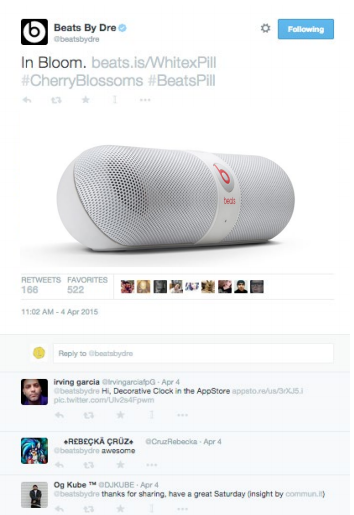
How to Measure Individual Link and CTA Clicks On Each of Your Blog Posts

Everyone wants to build a high-converting CTA for their website that reaches them tons of money.
But the reality is that while a single component of your website may be the focal point, it’s not the only side that passes visitors to make a purchase.
Often, a guest will come to your site multiple times before they decide to buy or kick-start any meaningful interaction with your brand.
So the real question is, how do you move those people and optimize your content so that you can still captivate them in your auctions funnel?
That means you shouldn’t time focus on the big CTAs. You should also focus on how points like attaches and “smaller” CTAs perform on your blog posts.
But that requires a lot more effort on your part and will likely require some solid justification.
Is moving individual ties-in and CTA sounds worth it?
And how do you even fulfill that?
I want to help answer those questions for you in a way that will help you grow in the long run.
So let’s start by attacking that first question- is all of this worth it?
Do individual clinks truly substance?
Think of all of the different elements on a blog post.
Just to appoint a few, you have internal joins, external tie-ups, likeness, CTAs, social sharing buttons, and comments.

When you consider how all of these elements work together to create a cohesive blog berth, it’s easy to become overwhelmed by how many moving pieces there are.
And then you have to answer one very important question 😛 TAGEND
Which of these elements is actually being clicked and contributing to the overall “macro” click-through rates and income?
When it comes to optimizing your website, click-through frequencies are the metric that purveyors look toward to help evaluate the overall profitability of a page.
And depending on what you’re selling, your click-through charges will vary drastically.
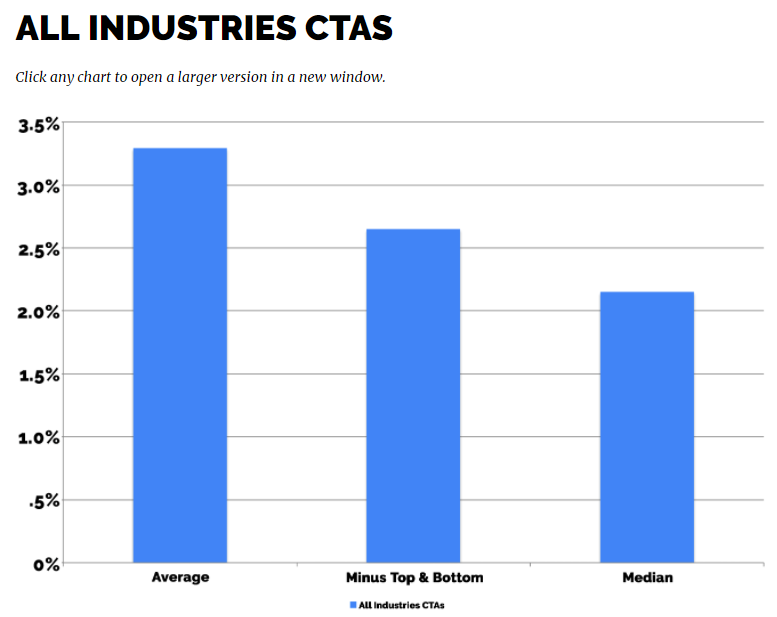
But knowing click-through charges for a sheet as a whole is a highly dense metric.
It establishes point demeanor, but it doesn’t say to you anything supportive about how each element of the page contributes to the final click-through metric.
That means you’re coming a rather limited picture of your customer’s actual ordeal on your blog.
So when it comes to get important data about your click-throughs, you have to start with an understanding that joins and CTAs contribute to the overall patron know-how.

Customer experience focuses on how users interact with your website.
If they have a good know, they’re more likely to turn into happy purchasers.
Happy clients are easier to hold, promote your firebrand more, and eventually buy more from your business.
But if you don’t know which elements of your content are contributing or detracting from your purchaser know, you’ll never be able to create the kind of blog affixes that truly delivering conversions.
And content is a vital part of every phase of proving ROI when it is necessary to patron suffer 😛 TAGEND
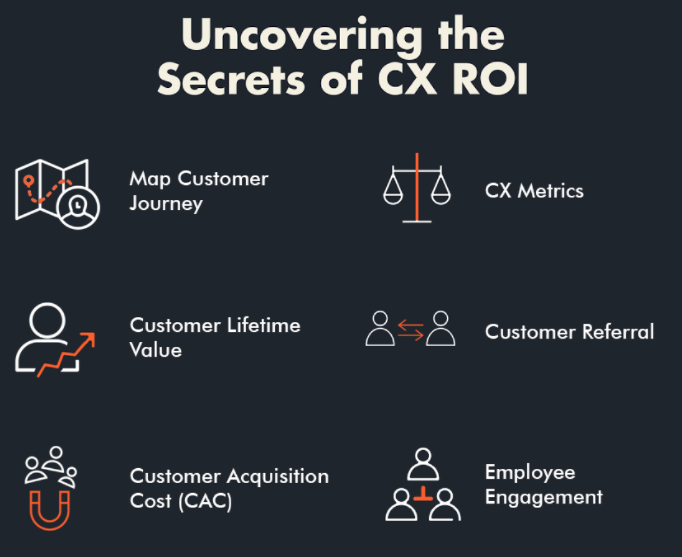
So individual connections and CTAs on your blog post are a matter of your customer’s lifetime value.
And knowing the rate at which private individuals point of a blog berth is sounded can be used to a variety of cases.
For one, it will directly advantage your CTAs and associations that are goal-oriented.
If you have a CTA for a product or service in a blog upright that isn’t get sounds, it may be because your pilgrims are getting distracted by other attaches or factors on the page.
Not knowing what’s actually going clicked will leave you in the dark though.
And if your firebrand relies on affiliate ties to help share content and increase your symbols reach, then not knowing how many clinks you get will make it impossible to divvy up receipt appropriately.
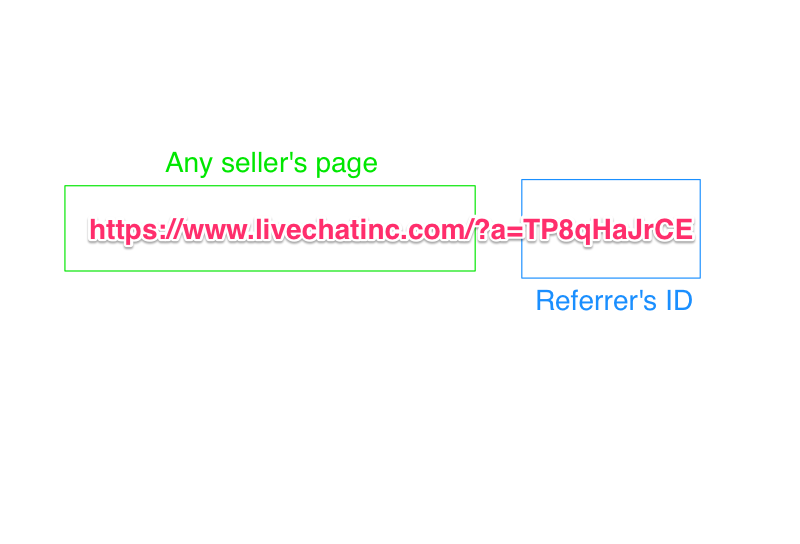
So there are mantles to individual connection and CTA tracking that are certainly worth your time, scrutiny, and investment.
Your goal is to find a way to track these clicks and actions on your blog poles so that your material, tie-ups, and CTAs all work together to help promote your sales.
And that makes starting with print that converts.
Then, you need to start constructing better understanding of which acts drive your commerce efforts.
This will help you track ROI and improve in the future.
But as with everything else in business, budget, hour, and your own expertise play a role.
It can be daunting found out that to start.
But thankfully, there’s a one-stop-shop rebuttal on where to start, and I want to share it with you in this post.
The answer you’re looking for is to find a solid reporting structure that will let you trail and facet sounds appropriately.
Finding a reporting method
When it comes to finding a reporting organization which will enable it to trail individual join and CTA sounds, you’re really looking at two options 😛 TAGEND An overlay report arrangement A direct link-tracking system
Overlay report organizations are generally more robust, rally deeper analytics, and supplying them with more actionable data based on overall user behavior.
A link-tracking system will be more lightweight but will still able to give you useful insight on your tie and CTA clicks.
I want to show you a couple of options for both of these systems.
Whichever one you pick, you can start using it to collect insightful data and optimize your purchaser suffer on your blog.
First up is a particularly robust overlay structure that can start accommodating value immediately.
Option# 1: Crazy Egg
Crazy Egg is a premium service that allows business owners to create supportive overlay reports on their website.
These overlay reports indicate a variety of supportive data points that allow you to assess instantly where your blog post is going clicks.
For example, one of the more popular overlay reports they volunteer is a simple heatmap of user behavior on your site.

This gives you a visual representation of where consumers are actually interacting with your blog post.
Every time a user sounds, it creates a place on your hot map that gives you insight into their intent.
And if that’s not enough information for you, you can also switch over to a confetti overlay to find out where your guests are coming from.
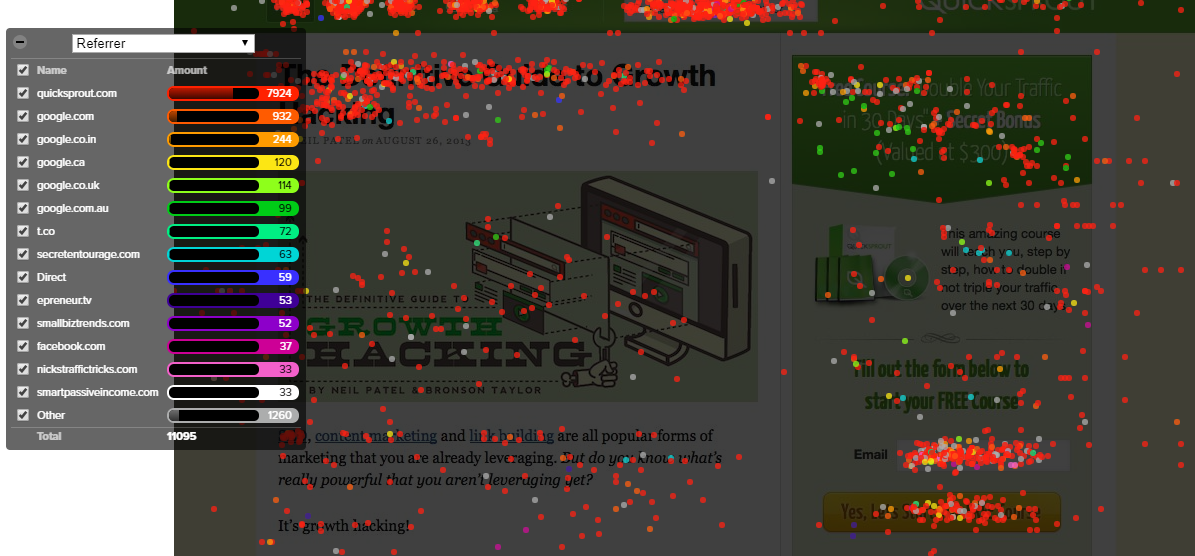
This makes you is not simply envision where useds are sounding, but it gives people insight into which geographical location tends to use different elements of your site.
For example, they are able to break down your consumers into visitors from the United States versus the United Kingdom.
If they behave differently, you can use this instrument to optimize your poles for a wider variety of audiences in the future.
And then if you want to take it even deeper, they are able to record consumer seminars on your locate to find their scrolling demeanor, clicks, and much more.
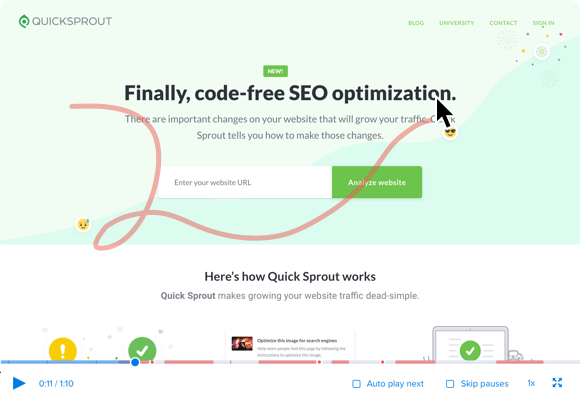
That means you’ll never be in the dark about how people are actually expending your site.
You can move clicks and optimize your website from the data you gather.
And if you doubt whether this could work for you, you should know that batch of brands have squandered this successfully,
For example, Nurse.com made good operation of Crazy Egg’s platform according to one case study they’ve shared.
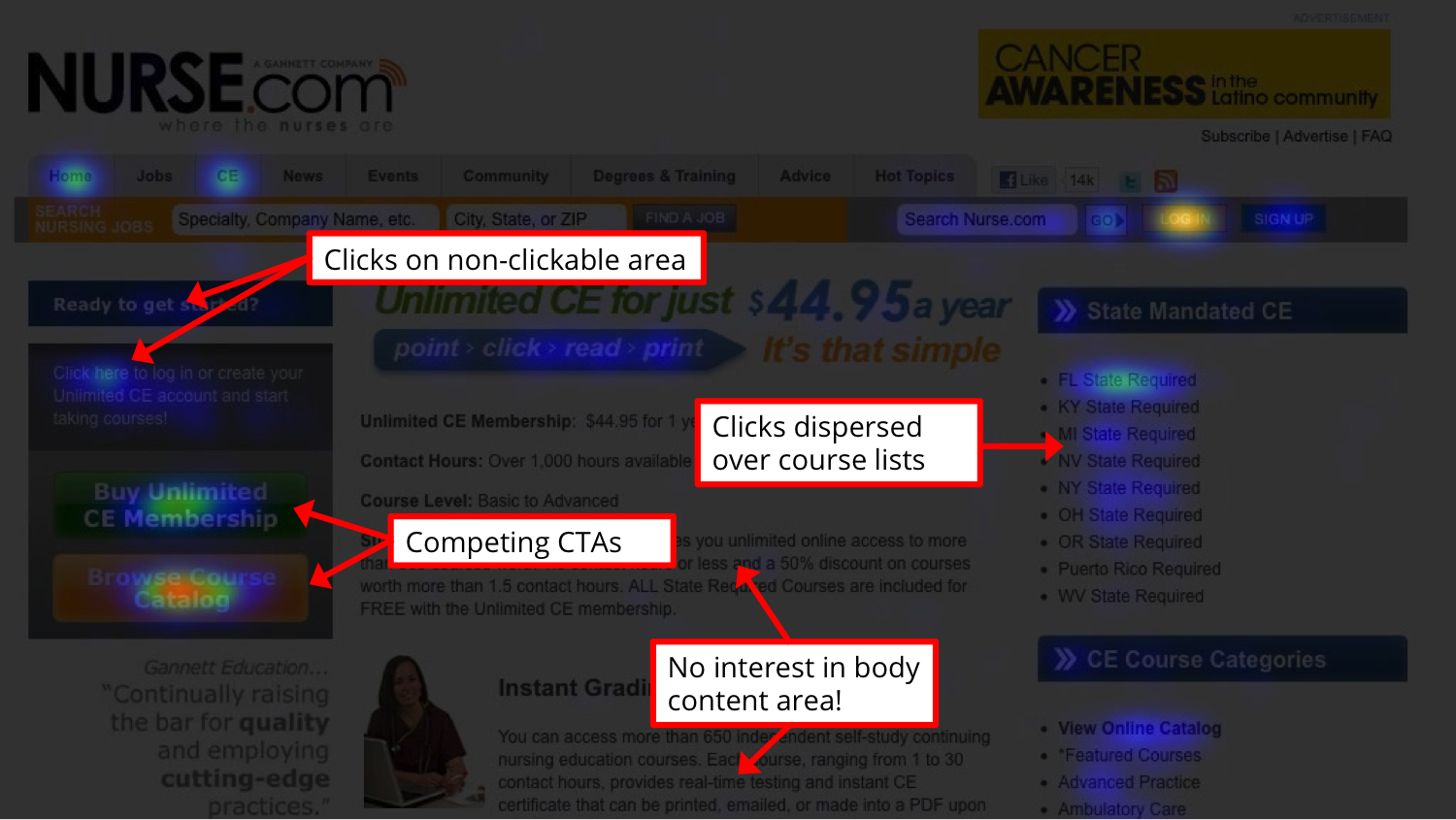
They were able to analyze the elements of their blog posts where users were attempting to click.
In the end, they found some competing CTAs and a non-clickable arena that was going lots of clicks.
More importantly, they discovered that no one was actually going through and clicking on the links in their copy.
Using the data they gathered from Crazy Egg, they restored their blog and identified an affecting 15.7% increase in sales.
If they hadn’t taken the time to see where consumers are really clicking, they are able to never have been able to optimize the user ordeal accurately.
I’ve even exercised Crazy Egg on my own website with impressive results.

I started by analyzing the different sounds on my website and watching what beings are really interested in.
Using this data, I was able to resuscitate my CTA and strategically place associates so that users would be more likely to click on them.

The result is that I participated an roughly 24% increase in species submissions when I exerted this instrument on my own website.
So applying Crazy Egg as a tool to help you track the clicks on your CTAs and individual ties is a great option that will allow you to optimize and develop your blog’s engagement.
It’s not the only overlay tool around, though.
So I want to show you another option that will help you simply the same.
Option# 2: Visual Website Optimizer
Visual Website Optimizer, or VWO, is another overlay report tool that lets you analyze the individual achievement of your links and CTAs visually.
Much like Crazy Egg, VWO allows you to create preserves of individual sessions on your site.
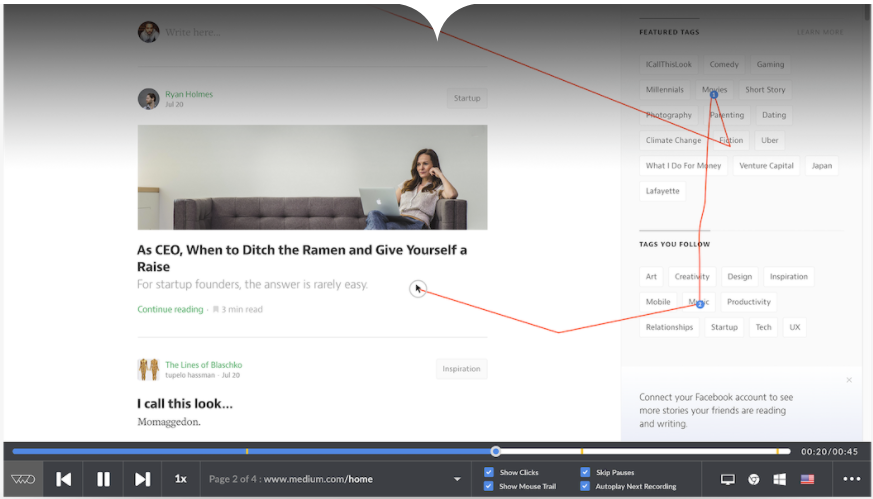
This lets you see exactly where useds are scrolling and clicking and even affords a traceable line to register you your user’s advancement over time.
This helps you know if your user is actually speaking your content or just gliding to see what you have to offer.
VWO also offers dynamic heatmaps to help you dive further into user action and move individual clicks.
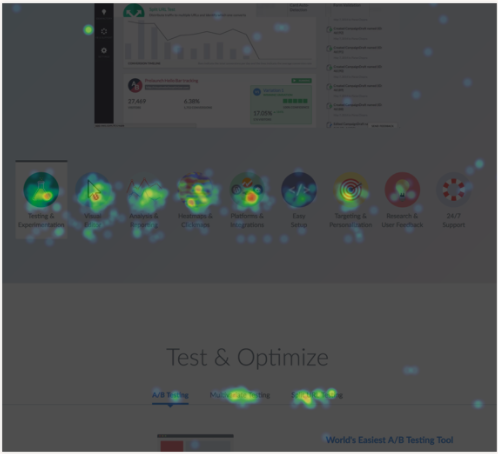
Again, these are very similar in functionality and application to the heatmaps used by Crazy Egg.
But in addition to the insightful heat mapping, VWO too tracks and reports on the various types clicks your useds originate on both your links and your page as a whole 😛 TAGEND
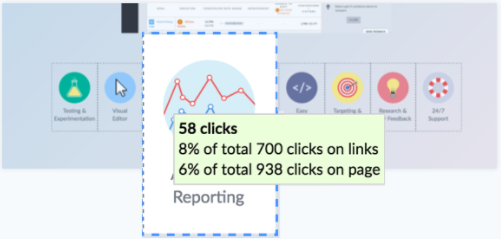
This includes some supportive element inventory explosions that depict which parts of your blog post are going what percentage of the sounds 😛 TAGEND
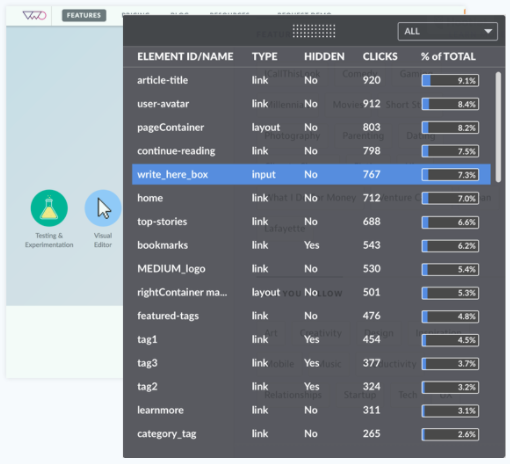
So all things considered, there’s a good deal going on with VWO that it was possible to trail, investigate, and optimize for.
By utilizing appropriate tools it has to offer, you can quickly and effectively discover any aching levels in your blog material the hell is pushing useds away.
And since VWO offers a free month to let you try out the pulpit, you can start using it without a commitment to see if it works for you.
Once you’ve set up an report, plainly input a blog post’s URL and start using their system to interpret what it has to offer.
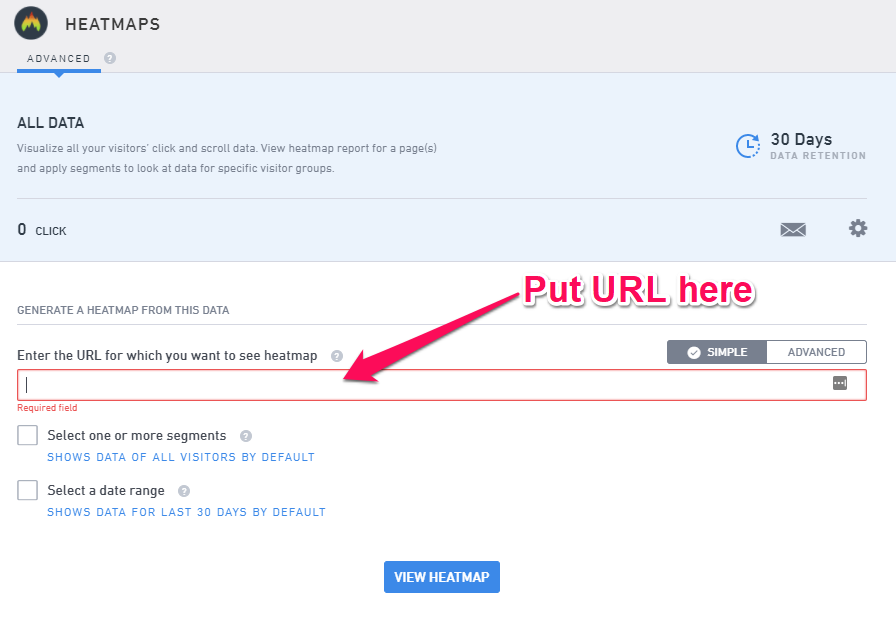
You’ll find that the process is reasonably instinctive, and you won’t have to look far to find the differences among heatmaps and situates that VWO uses.

But again, don’t just take my utterance when it comes to these overlay systems.
There are plenty of a few examples of labels exerting a stage like VWO to facilitate line tie-up clicks and stretch their contents in the long run.
Take CORGI Homeplan, for example.
The UK-based insurance company experienced their locate wasn’t performing as it should.
They exerted the move maps, enters, and heatmaps VWO offers to create experimentations on their area that drastically changed the inspect and suffer of it.
Here’s the original place 😛 TAGEND

And, after much testing, here’s the site blueprint that they aimed up resolving on 😛 TAGEND

On the surface, these look like minor changes.
They swapped out a few complexions and changed their header a little bit but otherwise left most parts unchanged.
But these changes encountered a 30.9% increase in conversions.
And all of them were based on changes that VWO opened the insight for.
Without a doubt, overlay reports can be valuable to a brand that wants to shake up their contents and track which links and CTAs are actually performing.
But as previously mentioned, overlay reports aren’t the only option.
So next, let’s look at a got a couple of attach moving alternatives that are much more lightweight but still practical.
Option# 3: Google Analytics
It may surprise you to learn that Google Analytics actually allows you to track relation clinks on your locate in a way that lets you fine-tune your follow and increase your overall click-through rates.
You can find file downloads, video commitment, external and internal join sounds, and even email tie clicks all for the purposes of the Behavior tab in your Analytics.
Start by clicking on your Behavior tab, then hand-picked the events and outline options.
![]()
Under the Event Category section, you can see how often links are being sounded in relation to other contests that you’ve give your Analytics to track.
![]()
And when you inspect a bit considerably, you’ll find a more detailed outage of which associates received clicks on your blog post.
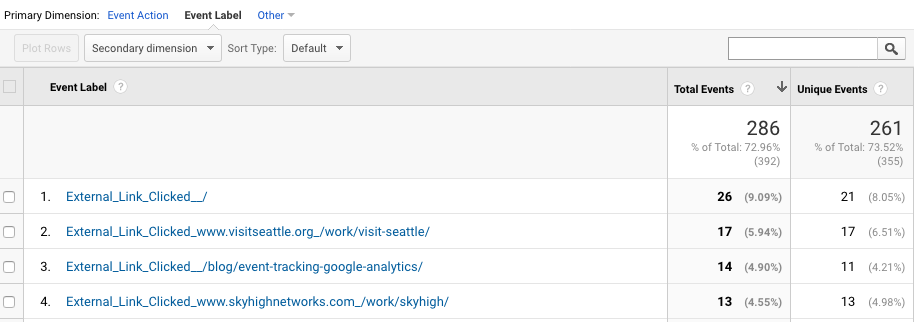
Compared to the overlay reports we’ve been looking at, this information is nice basic.
You get a dislocation of which relates come clinks, but it’s not quite the same level of in-depth user demeanor analysis that overlays offer.
But for a marketer on a tighter fund, the information collected is likely to be used to your benefit.
When relations or CTAs aren’t receiving clicks according to Google, you are able to conduct ventures on your place to see if they improve your results.
Even deporting A/ B measures over season with this data can furnish good results.
Another way you could potentially use Google Analytics to move tie-ups and CTA clicks was recently shared by Amanda Gant from Orbit Media.
She moved a campaign using Google’s URL Builder and experienced some pretty impressive results.

Using these links, she generated safaruss around her material that Google Analytics was able to track.

If she emailed a tie in a newsletter, or if a guest to her locate sounded on a tie-in tracked by education campaigns, Analytics would be able to give her direct feedback.
At the end of her expedition, Analytics also broke down the performance of each link 😛 TAGEND

Once again, this is surface-level informed of which links are getting clicked, but it’s still helpful.
Analytics allows you to know whether or not your relations and CTAs are actually going clicks, which helps you determine where you need to focus your optimization efforts.
But Google Analytics isn’t the only option accessible if you simply demand basic tie-in tracking.
And that accompanies us to our final link-tracking option.
Option# 4: Bitly
There’s a good chance that you may have witnessed Bitly before and it’s simply run under your radar.
But if you’ve ever sounded on a URL through social media that starts with a bit.ly address, you’ve utilized Bitly before.
Or at least, you’ve knew a brand that uses them.
Bitly is a URL-shortening service that tends to target social media marketers who want to save character room on their posts.
Before Twitter transitioned over from 140 reputations to 280, many labels exerted Bitly to create shorter links to include in their posts.

All you had to do was input your URL and Bitly would give you a URL that contained fewer characters.
Bitly now offers moving abilities so you know how often your links are getting clicked, which obligates them much more useful to a general market audience.
And since it works well on both browsers and mobile designs, it’s the perfect tool to help you line tie-in and CTA clinks on any sheet of your website.
Using Bitly is fairly simple.
Start by signing up for a free account.
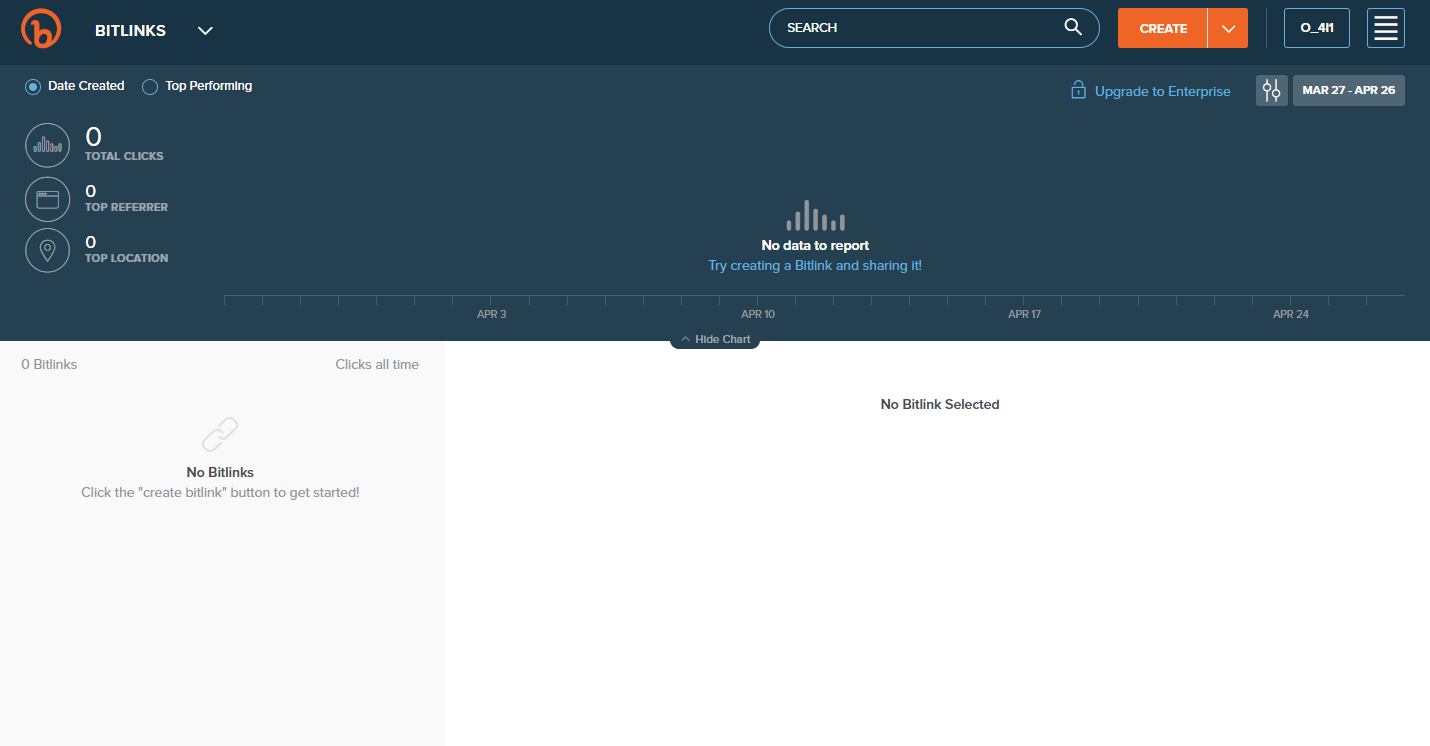
Once you get to your dashboard, you’ll detect in the top-right area there’s a drop-down menu that reads “Create.”
If you’re exerting the free busines, you’ll simply be able to select the Create Bitlink option.

That’s OK because a Bitlink is truly all you need to get started tracking your URLs.
In the menu that were presented, input the URL of the link or CTA that you want to track.
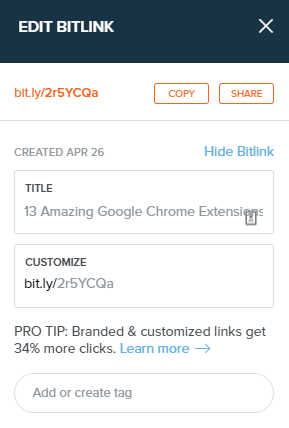
Bitly will give you a customized connection expending their bit.ly format that you are able to duplicate and adhesive into your blog affix or CTA.

Once you’ve inserted the brand-new URL, Bitly will move the clinks on that individual tie-up for you and ply certain basic analytics that let you assess your overall performance.
To show you what that consider this to be, I extended ahead and gave myself a click on my Bitly URL.
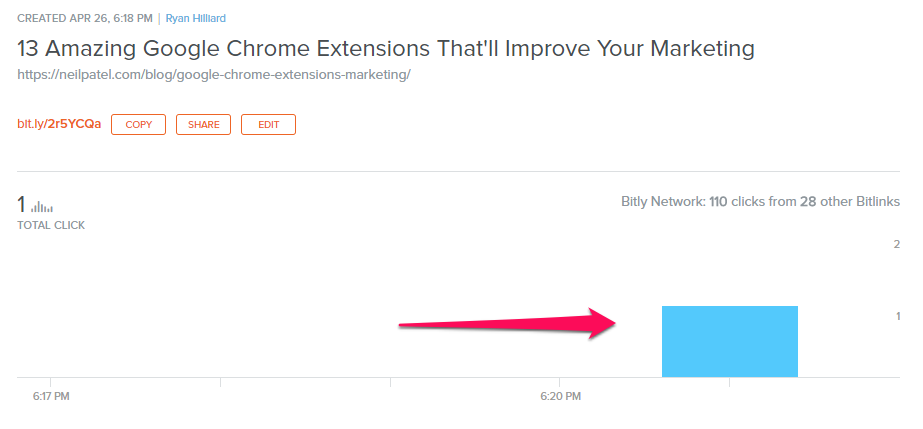
You’ll get a breakdown of the working day, period, and number of sounds that your relation or CTA is get without having to wade through any additional data.
So again, while this isn’t as in-depth as an overlay report, you are able to use this as a technique of checking your individual tie-up and CTA performance on your blog.
And it’s been successfully used by many favourite firebrands, like Beats by Dre.
They started employing Bitly to assist them to share branded decreased URLs and move their join clicks.
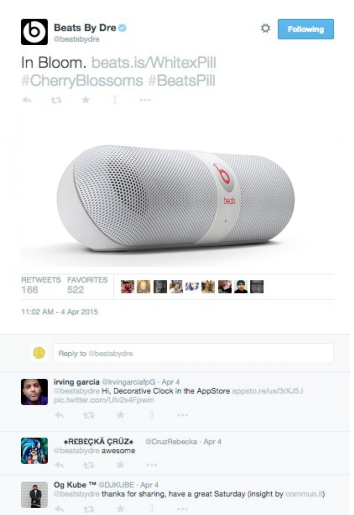
By exploiting these decreased URLs to move carry-on, they were able to change up their content and achieve a 34% increased number of click-through rates on their site.
It may require a bit more manual inputting of these Bitly associates, but research results can certainly be worth it if you want to maintain a low-spirited budget for your link-tracking efforts.
Conclusion
Clicks matter.
If you can’t properly decides which attaches and CTAs are going clinks in your content, there’s no way to accurately know if your material is doing what it’s supposed to.
And more importantly, there’s no way to actually create insightful experiments that lead to growth.
And with internal associates and CTAs contributing to your overall client experience, it is possible to necessitate the difference between a successful website and one that simply doesn’t perform.
To help you track connections, you can either use an overlay reporting method or a link tracker.
Both have their pros and cons, but was eventually supplying them with actionable information.
Overlay reports from locates like Crazy Egg and Visual Website Optimizer can help you detect and analyze actual used demeanor on your site.
Link-tracking systems like Bitly or those native to Google Analytics will give you less specific data, but can still empower you to create experimentations that lead to growth.
Whichever option you use, the ability to road links can help your label proliferate and your content thrive.
What programmes do you use to trail clinks on associations and CTAs for your area?
The post How to Set Individual Link and CTA Clicks On Each of Your Blog Posts performed first on Neil Patel.
Read more: neilpatel.com

